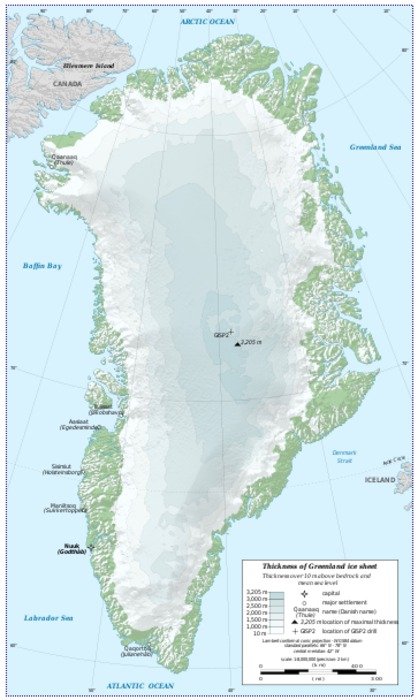PASADENA, Calif., Nov. 30 (UPI) -- Satellites have confirmed mile-thick ice sheets covering Greenland and most of Antarctica are melting at a faster rate in a warming world, scientists say.
That's the conclusion supported by two decades of satellite readings, a study released Thursday by an international network of scientists found.















